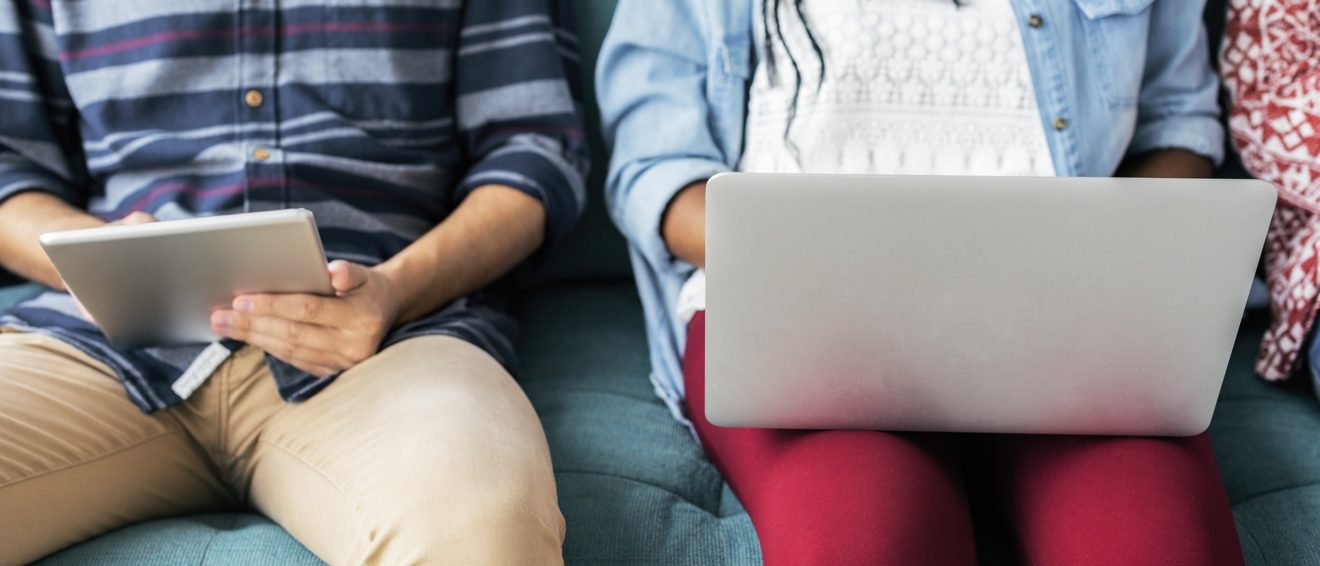Take a look around you. What colors do you see? If you are reading this article in a public space, it is likely that the colors around you have been carefully selected to elicit a very specific response from you. Coca-Cola, Kelloggs, and Red Bull all share red as the color for their brand for a reason—red is known to stimulate metabolism. Color affects us every day whether we recognize it or not. Understanding and implementing color psychology can help you maximize your learning and college experience.
In the classroom
While you may have very little say in what color your classroom is painted, you can add your own color accents to capitalize on the benefits of color psychology. Green, and similar, low wavelength colors are thought to improve focus, concentration, clarity, balance, and growth—the perfect combination of traits needed to excel in the classroom. Green celebrates life and freshness, and triggers investigative thought and problem solving. Studies have shown that employees who work in a green office building tend to report higher job satisfaction, and individuals tend to persist at certain tasks for greater periods of time when they are given a green-colored respite. Independent thinkers, those that are drawn to challenge and problem solving may be more likely to be drawn to green, and it is also associated with enhanced communication skills and a desire to take in and share information. As such, consider incorporating green into your supplies—a green pen, paper, or desktop background could be enough to trigger your senses.
In the dorm room
What is the purpose of your dorm room? Some people insist that their dorm room is only for relaxing, they work in the library and other, designated study spaces. Others prepare their dorm room as an extension of the classroom. Some research suggests that the color blue increases productivity, especially when paired with a complementary burst of color like orange. The next time you are finishing homework in your dorm room, consider a blue pen with an orange highlighter. Blue is the color of the clear sky and the ocean, both of which are associated with serenity and clarity. In addition to reported increases in productivity, blue is also said to steady heart rate and respirations. It is both calming and productive. If you are intent on your dorm room being a sanctuary, consider pink highlights for warmth, nurturing and calm. Pink represents hope and optimism, and if you include pink accents in your dorm room you won’t even need rose colored glasses. You could also make a royal statement with purple—associated with depth, originality and luxury. Purple accents may increase power, vision and creativity.
In the cafeteria
Inevitably you will have to set the books aside and eat. Color plays an integral role in understanding taste. For example, when given grape soda without being able to see the color, most people mistake the flavor. However, when you can see rich, syrupy purple, very few mistake the intended flavor. Take a moment and think about the kinds of food that are appealing to you. What color are they? If you are thinking about whole foods, it is likely that you are picturing lots of red, yellow and green, and a lot less blue. Blue is universally considered the least appetizing color. The color blue does not frequently occur in nature, nor is it likely to find it’s way onto your plate. Most restaurants acknowledge this which is why you don’t see a lot of blue in eateries. It is even suggested that blue tableware might be linked to smaller portions and appetite suppression. Red is often associated with increased metabolism, heart rate and appetite. The spiciest foods tend to be rich, warm, colors, like red, yellow and orange. If you want to bring the heat, on your dinner plate or in your kitchen, red is a bold choice as it is associated with excitement, courage and dominance.
In the library
Yellow is the most joyous, easily readable, radiant color. It is associated with inspiration, confidence and creativity. If you are planning on spending some time in the library, consider adding splashes of yellow to your experience. Legal pads are colored yellow because they simultaneously stimulate the mind while also increasing contrast with black ink, making them ideal for studying without straining the eye. The same logic also applies when working on a computer or tablet; when developing web-based materials, consider the contrast. While white text on black background maximizes contrast, yellow text is easier on the eye. Despite it’s joyousness, yellow can have different effects on individuals. Some suggest that yellow is associated with increased anxiety because of it’s relation to analytical thinking; too much analyzing could be a precursor to anxiety. Whether in moderation or not, yellow is an important color in the psychology spectrum.
In the gym
You have learned, slept, eaten, and studied, and if you have additional time you may want to go to the campus gym to release some endorphins and focus on a little you time. If you combine red, the color associated with increased heart rate, and yellow, the color associated with energy and strength you get orange. Orange is associated with enthusiasm, rejuvenation, vitality and adventure. It’s the perfect color for enhancing motivation and drive. If you plan on working out, taking a walk, or even just need some added enthusiasm, consider adding orange highlights to your regimen. Orange is associated with increased positivity, it has the ability to make you feel good.
Color psychology is a fun topic and a great way to incorporate color into your every day routines. Playing with color as a potential way to enhance your learning experience can help to modify stale trends and habits while also benefitting from the potential benefits of color.


